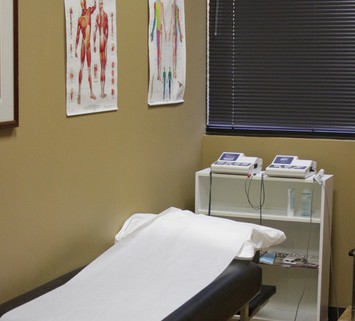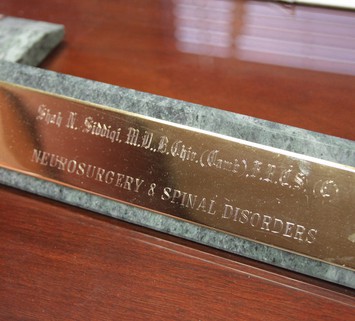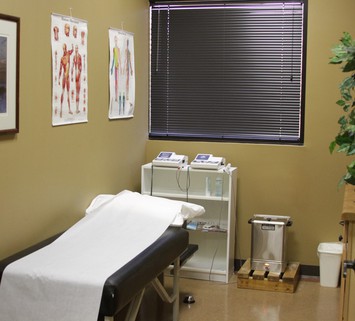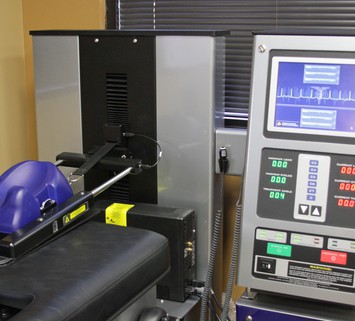IXLIF Surgical Procedure
Approaching the Spine
After you are positioned on your side and draped, an X-ray is taken of your spine to show the location of the operative disc space. The skin is marked at this location to indicate the site of the side incision. A separate small incision will first be made toward your back. The surgeon will use his finger through this incision ti feel the space in your side through which the instrument will pass. The finger will also guide the tubulars dilators into safe position withing this space. As the tube are advanced through the muscle on the side of the vertebrae (psoas muscle). X-ray pictures and NeuroVision® nerve monitoring help to guide them to the appropriate spot on the spine and away from nearby nerves. Once the tubes are in place, a tissue retractor (called the MaXcess® retractor) is advanced over them, locked to the surgical table, and held open to provide lighted visibility and instrument access to the disc space.
Intervertebral Disc Removal and Preparation
With the intervertebral disc no visible and accessible, the surgeon then prepares the disc space for fusion by making a hole in the other annulus, removing most of the nucleus and annulus on the opposite side (but leaving the annulus in the front and back), and removing the cartilage from the ends of the vertebrae to reveal the bony surface beneath. Several X-rays might be taken during the disc removal to ensure adequate preparation.
Intervertebral Stabilization
With the disc space prepared, the surgeon then places a large stabilizing implant into the empty space to restore the proper disc height and support the loads put in that spinal segment. Once the intervertebral implant is in position, the retractor is removed and final confirmation X-rays are taken to document spinal alignment. The small skin incisions are closed with a few stitches and a bandage.
If further stabilization is required from behind the surgeon might then move you to a face-down position to perform a second procedure from the back. This second procedure is also sometimes done at a later date if deemed necessary after initial results.



